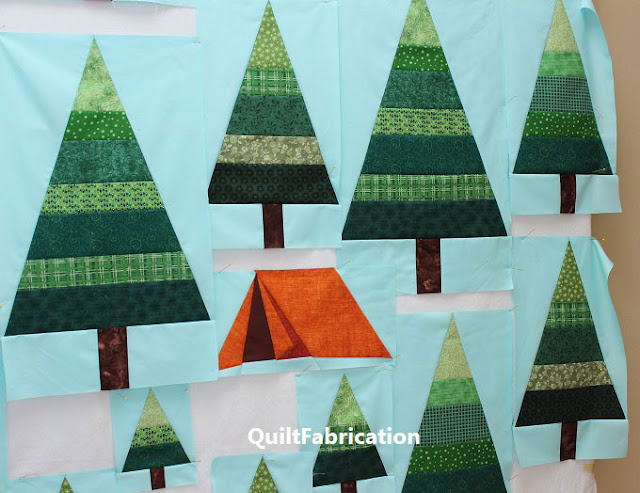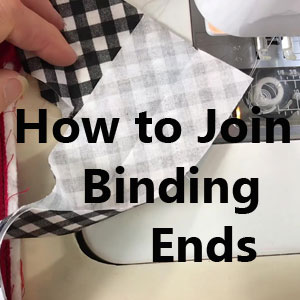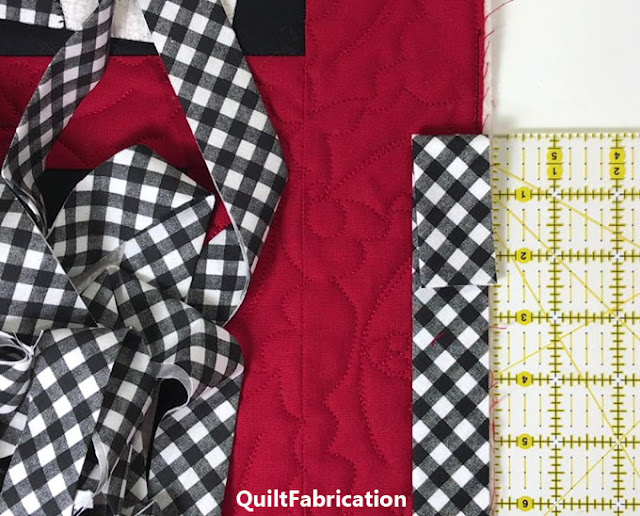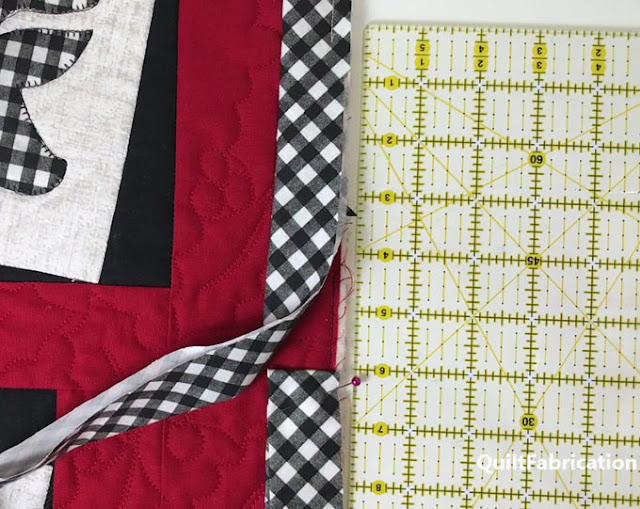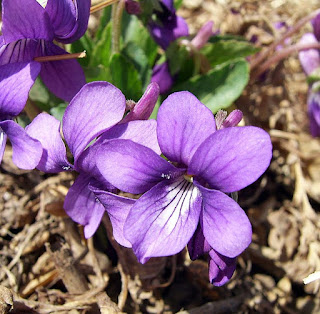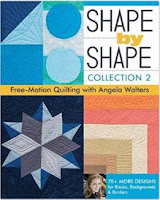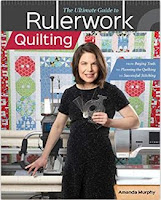Purple, the August RSC 2020 choice. Eager to jump in and not get behind, I pulled out the scraps and stitched up that pinwheel and a few spares in no time.
These are quite lovely, in deep rich purples, aren't they?
While those purple scraps were out and scattered everywhere, I thought I'd go ahead and make the indigo and violet blocks, the 'I' and the 'V' for my rainbow version of Celilo. Keeping up with the ROY G BIV theme here.
Looking good and scrappy! But I will admit, I had a bit of a color panic in choosing the right fabrics for indigo.
So, what exactly is the color indigo? It's the color that sits between blue and violet in the visible spectrum, the 'I' of ROY G BIV (red, orange, yellow, green, blue, indigo, violet). It's toward the purple side of a rainbow.
Personally, I think it's pretty darn hard to see, so I would lump it together with violet.
Being that I'm not much of a purple fan, I've never really given much thought to what's indigo, what's purple, and what's violet. It's all purple to me, with some fabrics having more of a blue cast, and others having more of a red cast.
But wanting to stay true to ROY G BIV for the Celilo quilt, I pulled out my favorite color cards for help.
Though hard to see in this picture, indigo would probably be what they label as either blue-violet or violet. Notice it's not labelled indigo. And what they label as purple is more violet.
Which leads me to think that those who designed the color wheel were thinking in a way that just makes so much sense. Now I know nature should rule, but the color wheel makes for fascinating study.
There's the primaries - red, yellow, green.
Then the secondaries, colors that result with the mixing of any of two from the previous list. That's orange (red+yellow), green (yellow+blue), and violet (blue+red). Notice that it's 'violet' not 'purple'.
Then there are tertiaries, the colors in between a primary and it's secondary. Starting with the yellow primary and adding green, we get yellow-green or add red for yellow-orange. For blue, adding green gives blue-green while adding violet yields blue-violet. For red, there's red-violet and red-orange.
The color wheel makes beautiful sense, to me at least. And it correlates fairly well with ROY G BIV, except that 'I' part. Did Isaac Newton need a vowel in there for it to make sense??
Comparing the two color systems, they each have red, orange, yellow, green, blue, and violet. But indigo on the color wheel? Where's that?
I suppose the case could be made for it to be blue violet, which is a tertiary color. If so, it's the only tertiary color in the ROY G BIV sequence. Such an honor, but so confusing!
Wanting to really have indigo represented in my rainbow Celilo quilt, I did a bit of searching for indigo examples. This block is probably the best, not quite blue and not violet (or purple, for that matter).
Compare it to this violet example, which is closer to what we see in a rainbow.
Ah, now I have some direction for sorting the indigo from the violet in my scrap pile. But alas, there's no indigo, only a bit of violet, and plenty of 'purple' in those scraps. It seems purple is the catch-all term for anything containing a mix of red and blue.
Now that I know what I'm looking for, I head to my 'purple' storage bins, searching for indigo, or fabrics with a leaning toward blue. And I find these:
not blue, not violet, or even 'purple', but close enough to be considered indigo.
Happy to find what I was seeking, off I went to make both indigo and violet block parts for the rainbow of Celilo.
See the difference? Indigo on the left, violet on the right.
I feel so smart today, having taken the time to really examine ROY G BIV, the color indigo, and the color wheel. Now that I know just what indigo is, I'll search out those bluer 'purples' when putting together another rainbow quilt.
In the meantime, when a quilt calls for purple, I'll probably still put the indigo and violet together in the same purple color family, as it's just easier that way. And if you look closely at the pinwheel block below, there's a wide range of color in there, though very little indigo. That's the separate block on the left.
Feel free to lump your blue-purples and red-purples into one color family and call it purple - I won't mind. But if a rainbow quilt is in your future, stay true to ROY G BIV and take the time to search out indigo in your stash.
Happy Quilting!

My Favorite Patterns


